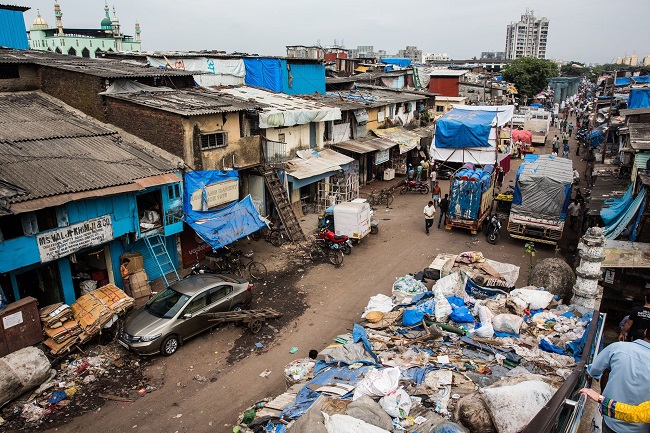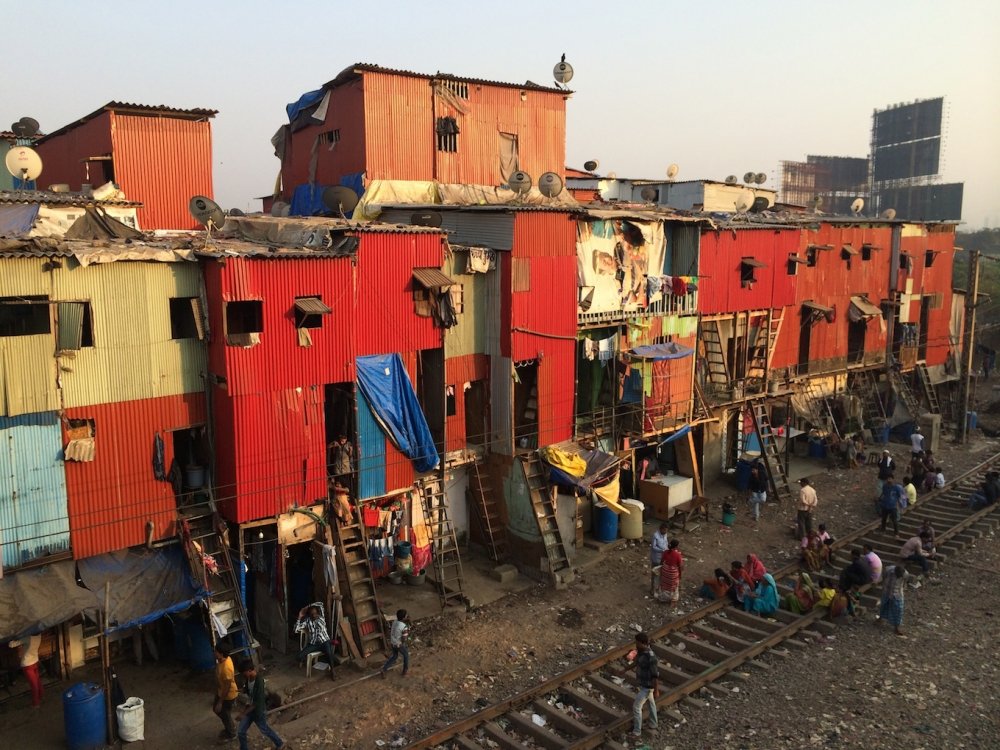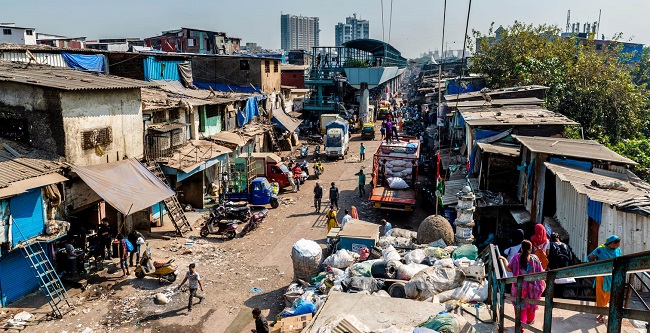 English
English

Among the most populated and congested areas of this may have had a delayed entry into the COVID-19 health crisis, but with over 1,000 cases, it has certainly found itself in a precarious position.

Mumbai: Among the most populated and congested areas of Mumbai, Dharavi may have had a delayed entry into the COVID-19 health crisis, but with over 1,000 cases, it has certainly found itself in a precarious position.
In less than 45 days, Asia's largest slum has recorded 1,028 cases and 40 deaths, indicating the extent and intensity with which the virus has spread there.
With 66 fresh cases detected on Wednesday, Dharavi's COVID-19 tally crossed the 1,000 mark.
It has just been 43 days since the city's most congested ward detected its first case at Dr Baliga Nagar on April 1, setting the alarm bells ringing for the city's administration.

The progression was, however, slow in the area and it took a little over a fortnight for Dharavi to add 100 cases to its tally and by May 3, it crossed the 500 mark.
According to the Brihanmumbai Municipal Corporation's data till May 6, the doubling rate of COVID-19 cases in Dharavi was six days and majority of the patients were in the age group of 31 to 40 years.
Located at the north end of the island city, Dharavi has a population of around 6.5 lakh and is spread over 2.5 sq km area.
With a population density of 2,27,136 persons per sq km, Dharavi is a sort of ticking time bomb for the civic administration, which is working on a war footing to contain the pandemic, a health expert said.
According to BMC sources, the civic body has been supplying essentials and medicine in 213 containment zones, which have reported coronavirus cases.
Raju Korde, president of Dharavi Punarvikas Samiti said lack of proper sanitation facilities and crowded housing conditions were primary reasons for the spread in the area.

"Dharavi has small congested houses and narrow lanes.
Hence, even if the BMC creates containment zones, it's impossible to follow the norms of social distancing," Korde said.
Volunteers from the organisation were distributing sanitisers and immunity boosting homeopathy medicines to residents, he said.
According to civic officials, Dharavi has around 225 community toilets, 100 public toilets and 125 toilets built by the Maharashtra Housing and Area Development Authority.
"As hundreds of people use common toilets in the area, the risk of coronavirus spread is high, which is why these lavatories have to be cleaned regularly," said a BMC officer.
Dharavi has nine municipal dispensaries, 50 private clinics apart from fever clinics.
Altogether 47,500 people from the high-risk zones and 1.25 lakh residents of containment zones of Dharavi have been screened so far, according to BMC data.
As per the data, around 4 lakh Dharavi residents have been screened with the help of 24 private practitioners. (PTI)